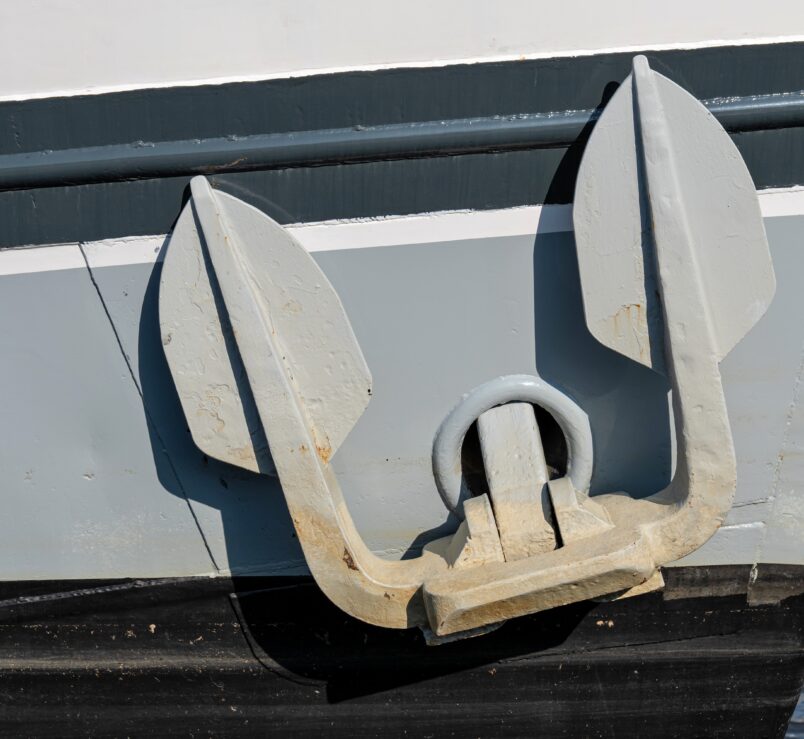Mooring policy North Sea Canal Area (NZKG)
For the North Sea Canal, the Buiten IJ, and large parts of the Binnen IJ, Rijkswaterstaat is responsible for moorings. However, the policy on this dates from 2003, and is outdated. Ecorys has carried out an analysis aimed at properly identifying the bottlenecks in the current situation and drawing up a reliable forecast for berthing requirements in 2030/2040. To support renewed policy, Ecorys contributes solution directions to address identified bottlenecks.
Background
The current mooring policy is outdated. For instance, the area around Schellingwoude is not included in the policy. Also, the current policy is not geared to the expected increase in demand for berths due to, among other things, the new sea lock in IJmuiden. On the other hand, the supply of berths is also coming under pressure due to, among other things, RWS’s austerity policy, which means that in line with the new framework Berths (December 2012), a number of waiting and overnight berths will be removed.
To evaluate whether and how a new mooring policy should be introduced for the NZKG, Ecorys examined the following points:
- Inventory current situation around supply of moorings, including the situation around permanent moorings for houseboats
- Forecast need for mooring in 2040
- Identification of possible bottlenecks concerning moorings (in quantity and/or quality)
- Identification of ways to reduce bottlenecks
Key findings
Anno 2017, there are sufficient overnight moorings under the Boating and Rest Hours Decree. Based on the facilities available, most berths can be considered comfort overnight moorings. A point of concern is the lack of facilities in the western port area of Amsterdam.
Houseboats are present at several locations in the NZKG. Exemptions were granted for these in the past, but they no longer fit into the current zoning plans. At IJmuiden, for instance, there are locations that do not meet environmental requirements (air quality), and houseboats along the main waterways impede the safe and smooth flow of shipping.
Currently, about 142 moorings are available for cargo shipping. At peak times, almost all spots are occupied. By 2040 there will be a need for 169 berths, so without expansion this will be a bottleneck. However, there are enough waiting places (for bridge or lock) and overnight moorings.
Want to know more? Then read our full report.

3 July 2025
2 minute read
Sectors
Key Experts
Jeroen Bozuwa
Senior Consultant



